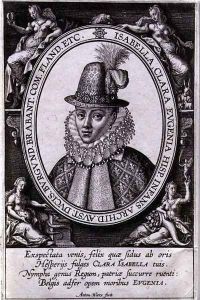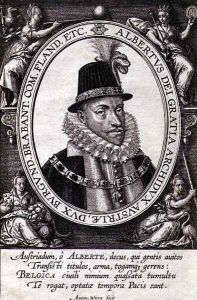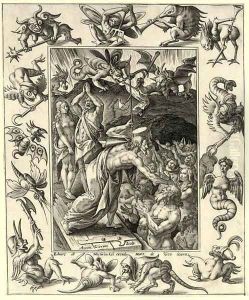Antonie Wierix Paintings
Antonie Wierix, born in 1552, was a distinguished engraver from the Southern Netherlands, which corresponds to present-day Belgium. He hailed from a family deeply entrenched in the arts; both his brothers, Hieronymus and Johannes Wierix, were also renowned for their skills in engraving. The Wierix family's contributions to the art world during the late 16th and early 17th centuries were significant, with their works admired for their intricate detail and exquisite craftsmanship.
Antonie's career was marked by a prolific output of engravings, which often depicted religious themes, portraits, and scenes from contemporary life. His works are characterized by their precision and the fineness of their detail, qualities that made the Wierix siblings' engravings highly sought after by collectors and patrons across Europe. Unlike many artists of his time, Antonie often worked directly on commissions for publishers, producing illustrations for books as well as standalone pieces.
Despite the collaborative nature of many projects within the Wierix family, Antonie's individual style and contributions are distinguishable by their meticulous attention to detail and the depth of emotion he conveyed through his subjects. His engravings not only reflect the technical prowess he possessed but also provide insight into the cultural and religious milieu of his time.
Antonie Wierix's death in 1604 marked the end of a prolific career, but his legacy, along with that of his brothers, continued to influence engravers in the generations that followed. Today, his works are preserved in numerous prestigious collections around the world, including the British Museum and the Rijksmuseum, serving as a testament to his skill and dedication to his craft.


